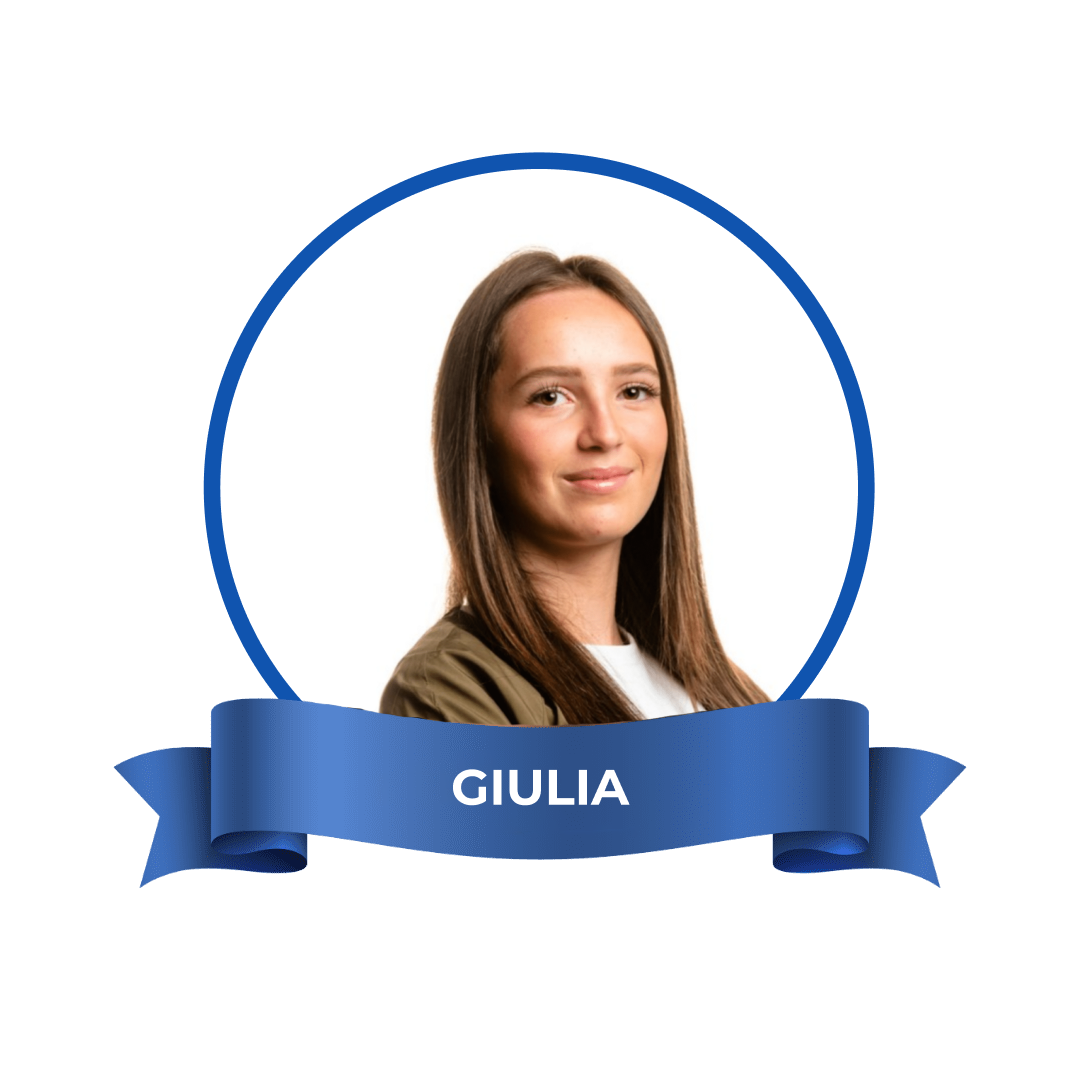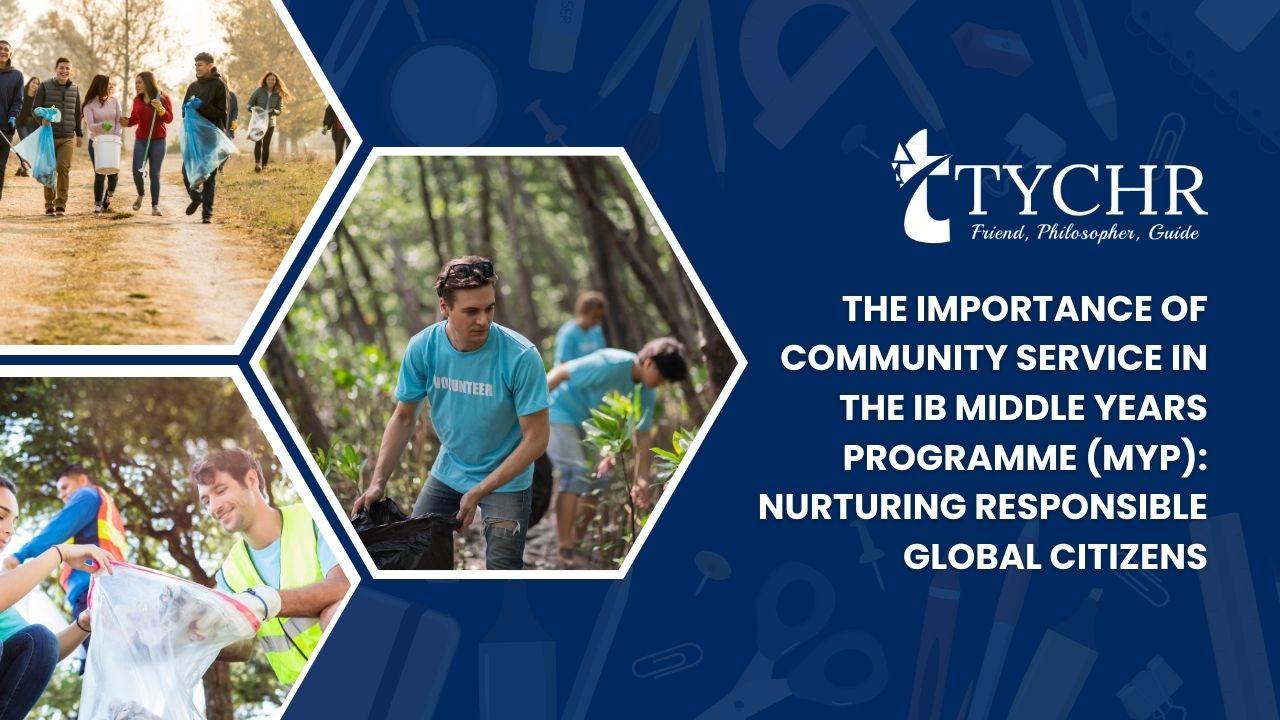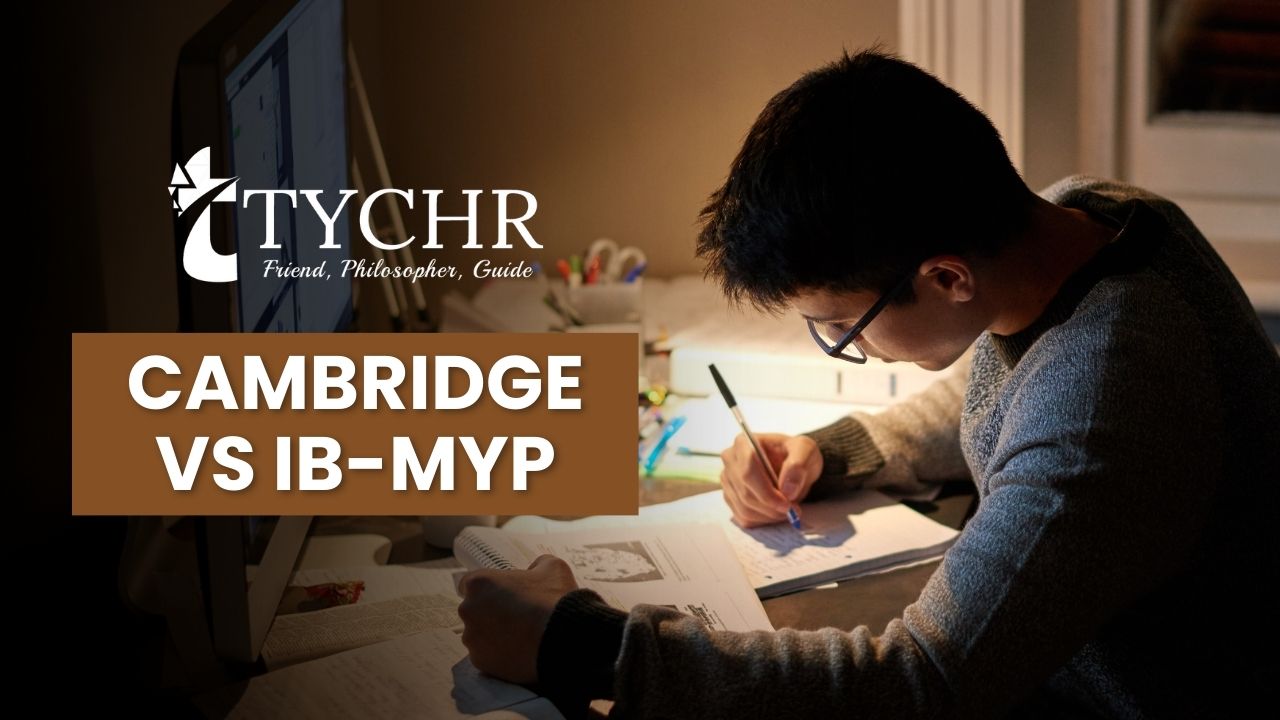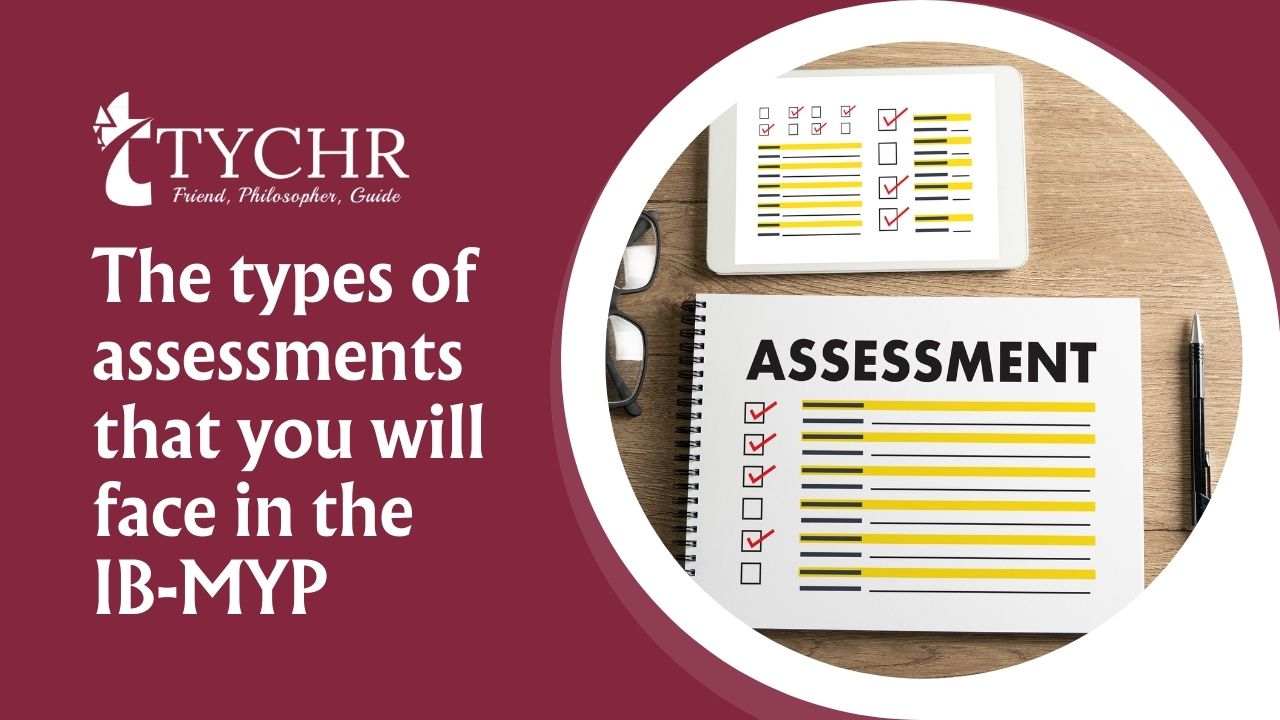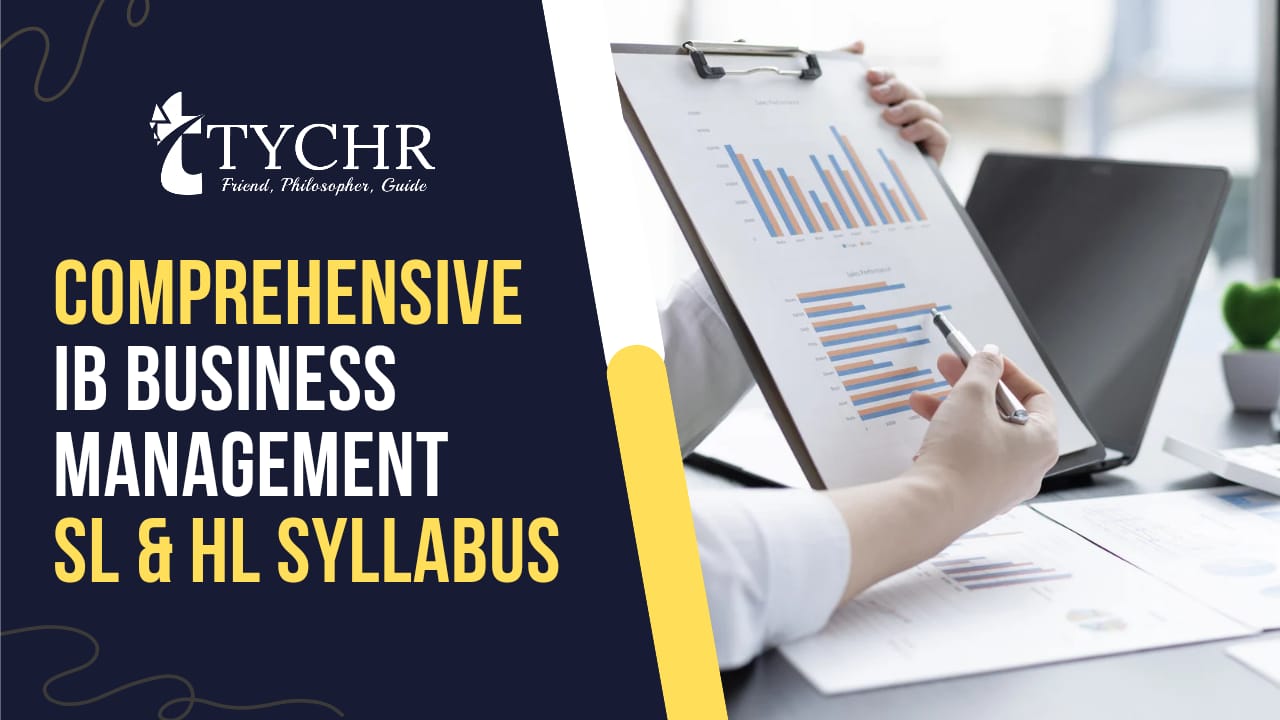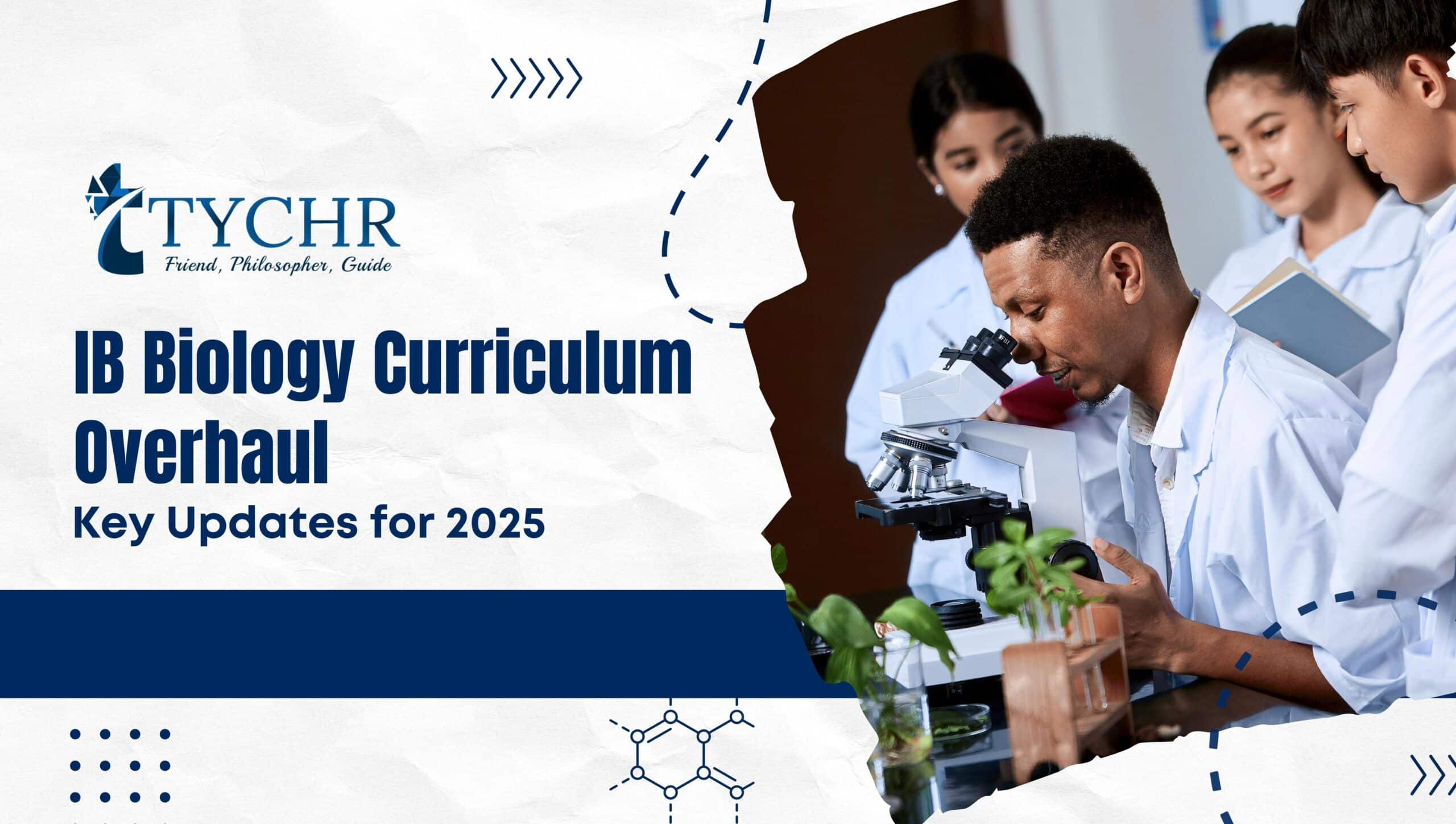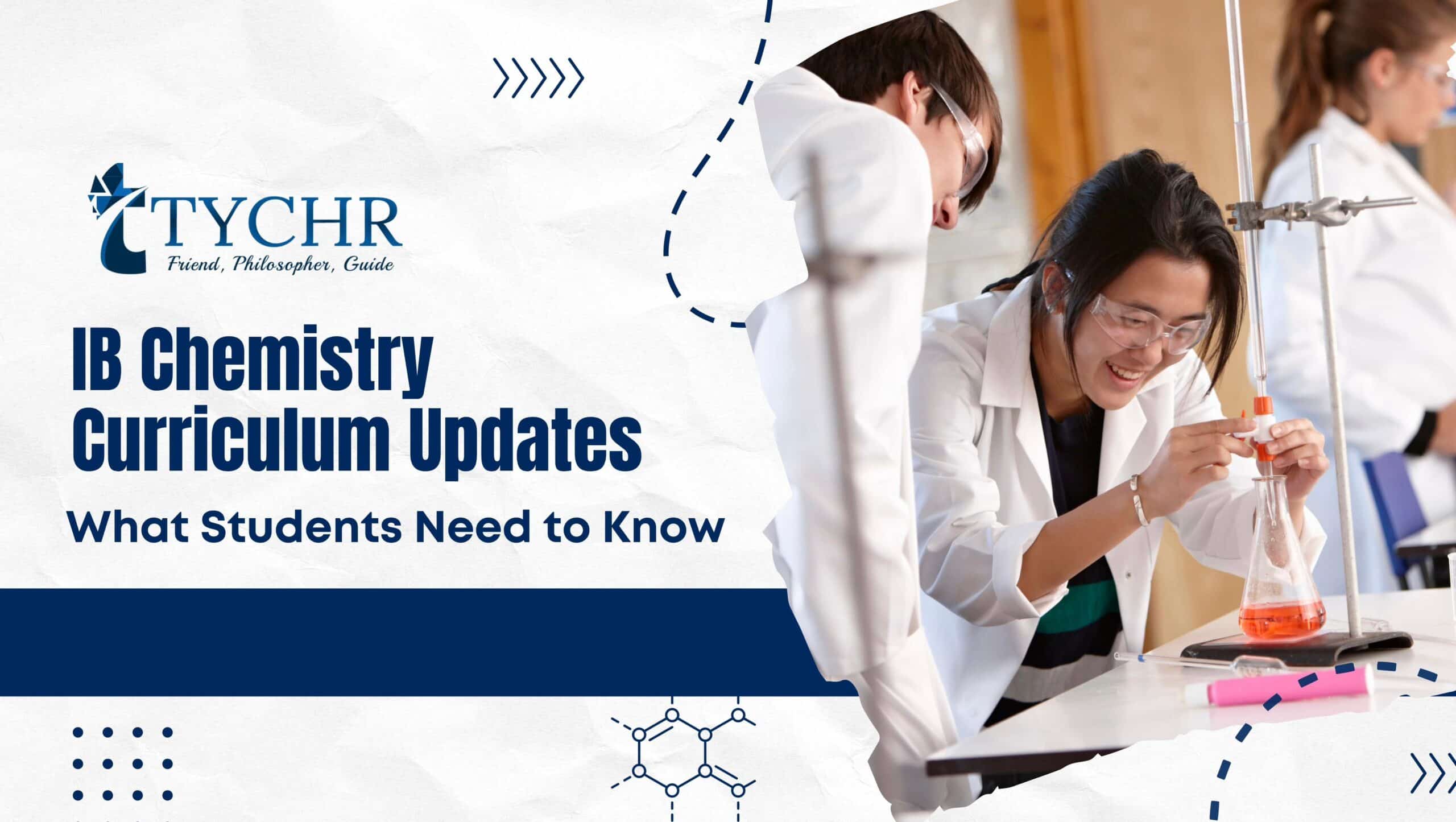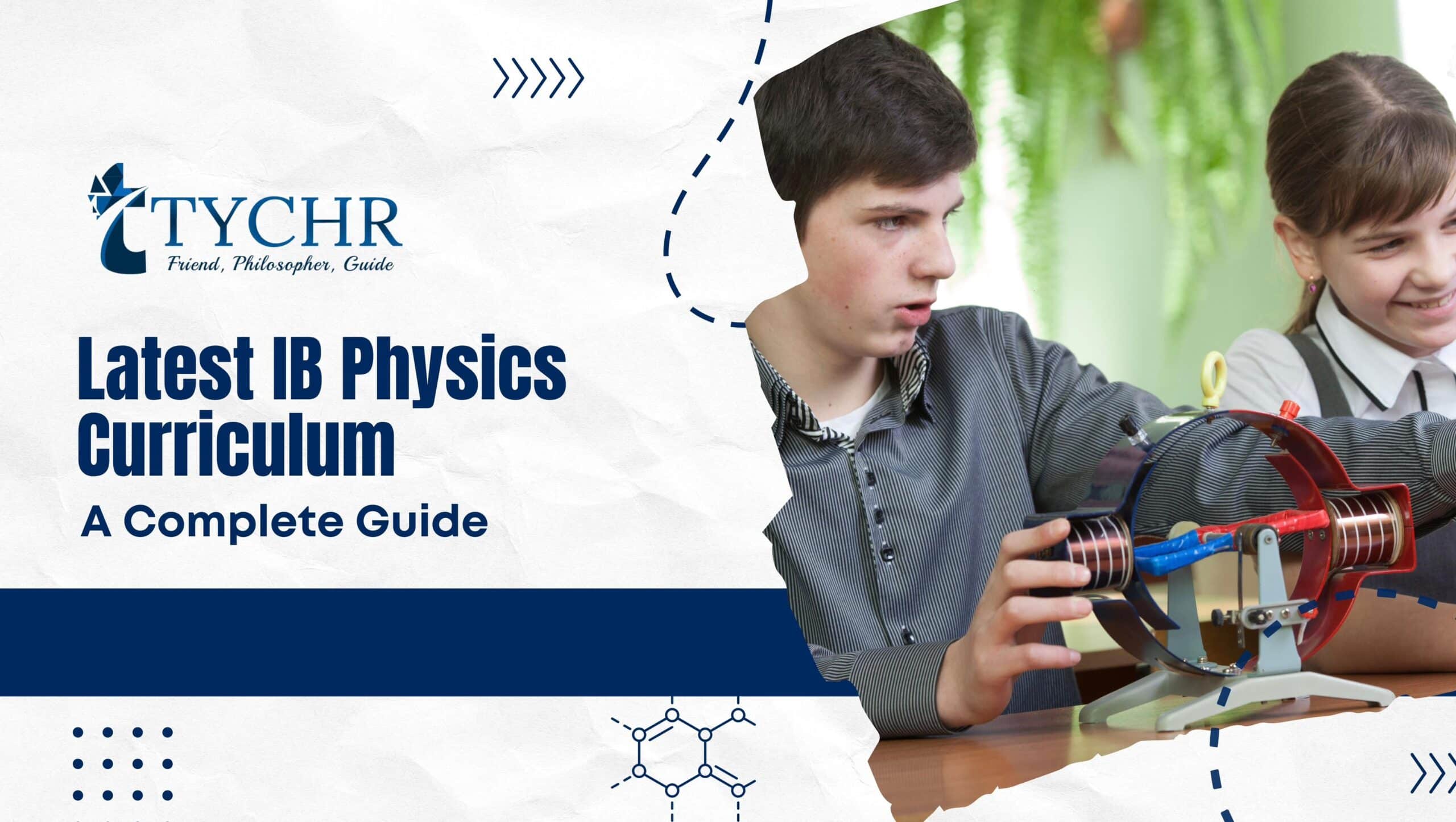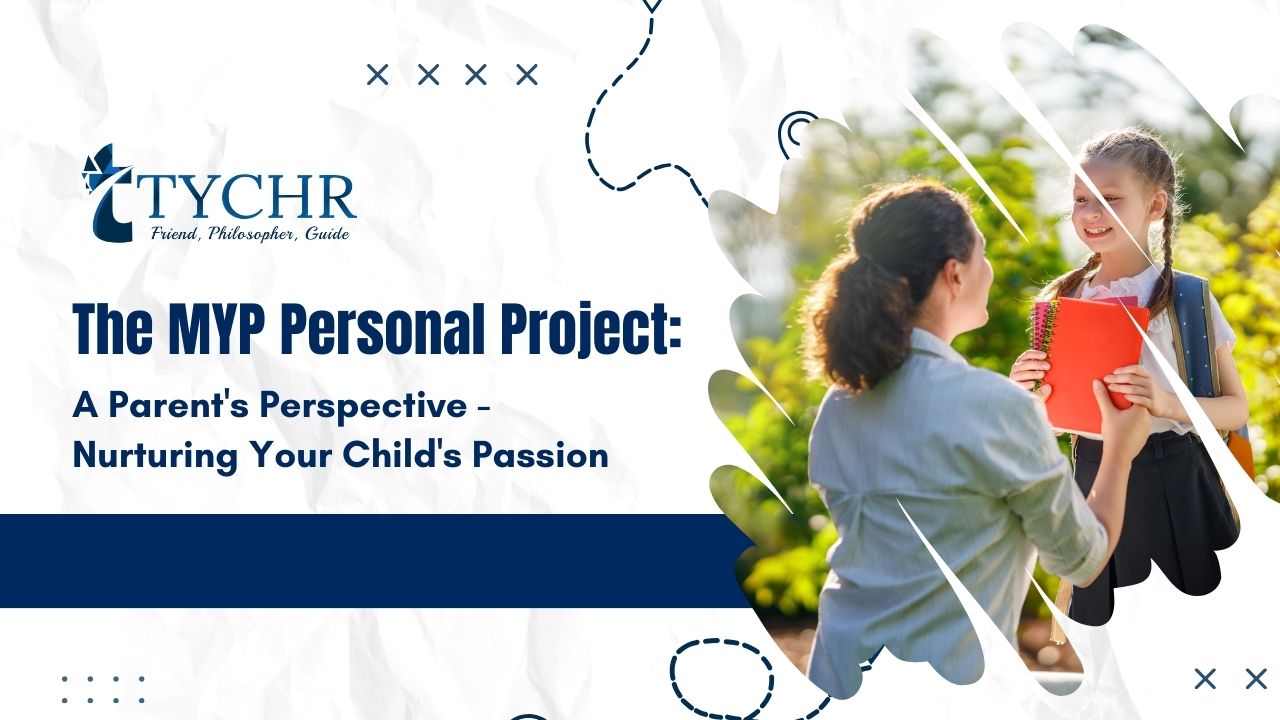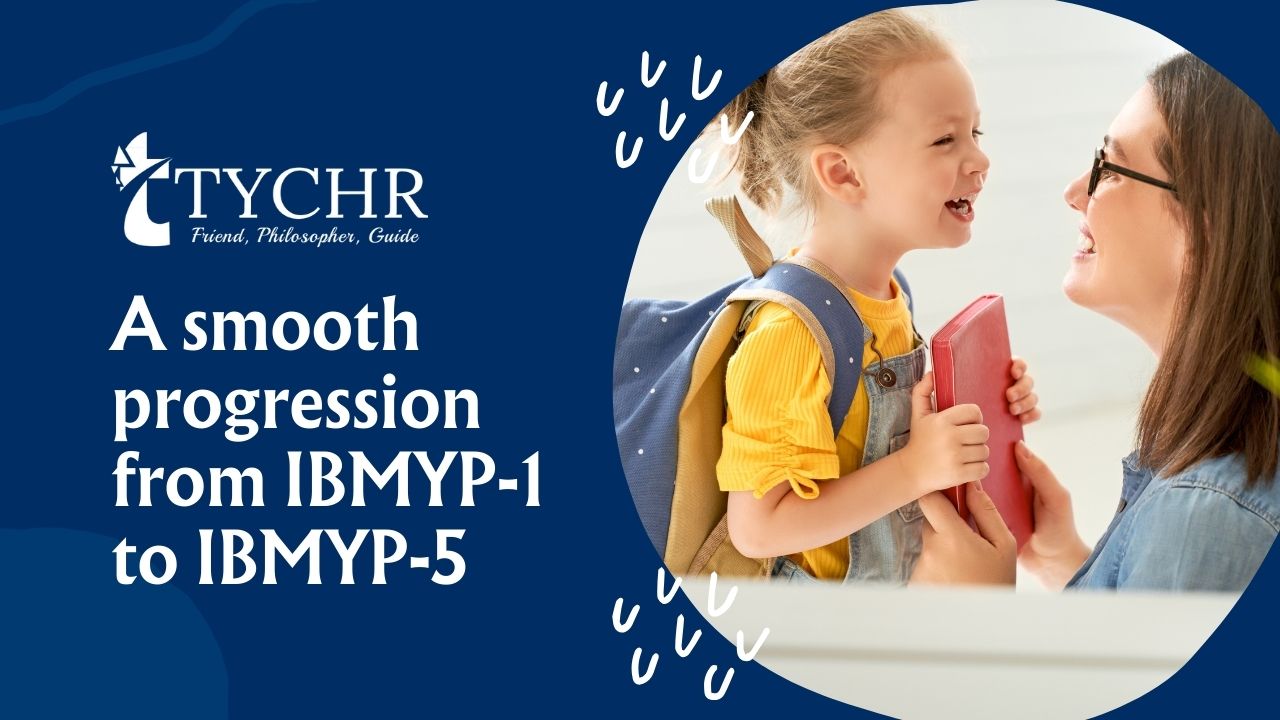50+ IB Maths AA IA Ideas
check out our results
Request Free Trial Class
Are you an IB Math student working on your IB Math AA Internal Assessment?
Tychr has curated a list of 50+ IB Maths IA ideas specifically designed for IB Math AA (Analysis and Approaches) students. This list features 50+ specific IB Math IA AA ideas and topics that span a wide range of mathematical concepts, including calculus, algebra, geometry, statistics, and probability. Whether you’re in SL or HL, these ideas are tailored to help you craft a standout project. Plus, you’ll find Maths AA IA samples to guide you in structuring and presenting your work effectively.
From analyzing real-world scenarios to exploring advanced theoretical models, these IB Math IA AA ideas are perfect for students looking to create unique and high-scoring projects. With Tychr’s expert IB Math AA tutors, you’ll receive inspiration and personalized guidance to confidently tackle your IB Math IA. Explore the list now to find the perfect topic that matches your interests and academic goals!!
IB Math AA HL IA Ideas
1.) The Math of Infectious Disease: Understanding and Interpreting Models in Epidemiology
Mathematics:
Using mathematical concepts like exponential functions and calculus to derive differential equations from various epidemiological models like SARS, etc.
Procedure:
In order to proceed with this topic, you must derive differential equations based on the model and find the solution using various methods like the homogenous method, linear method, etc.
Analysis:
The derivation of such differential equations for epidemiological models are of great importance when it comes to analyzing trends and forecasting data. The information gathered can then be used to control the spread of the disease and prevent future outbreaks.


IB Math AA SL IA Ideas
1.) Surface Area of Hyperbolic Paraboloid – Integration by substitution
Mathematics:
Differentiation and integration are the most dominant mathematical concepts when it comes to calculating the surface area of a hyperbolic paraboloid.
Procedure:
Pick an object with a hyperbolic paraboloid and then plot it on a graph. Then you must split it into different parts. Derive the equation. Calculate the surface area using integration.
Analysis:
This analysis is most important when it comes to a business’s point of view. For instance, when manufacturing products of a hyperbolic paraboloid, one must optimise space to ensure consumer satisfaction.


Download our Successful College Application Guide
Our Guide is written by counselors from Cambridge University for colleges like MIT and other Ivy League colleges.
To join our college counseling program, call at +918825012255
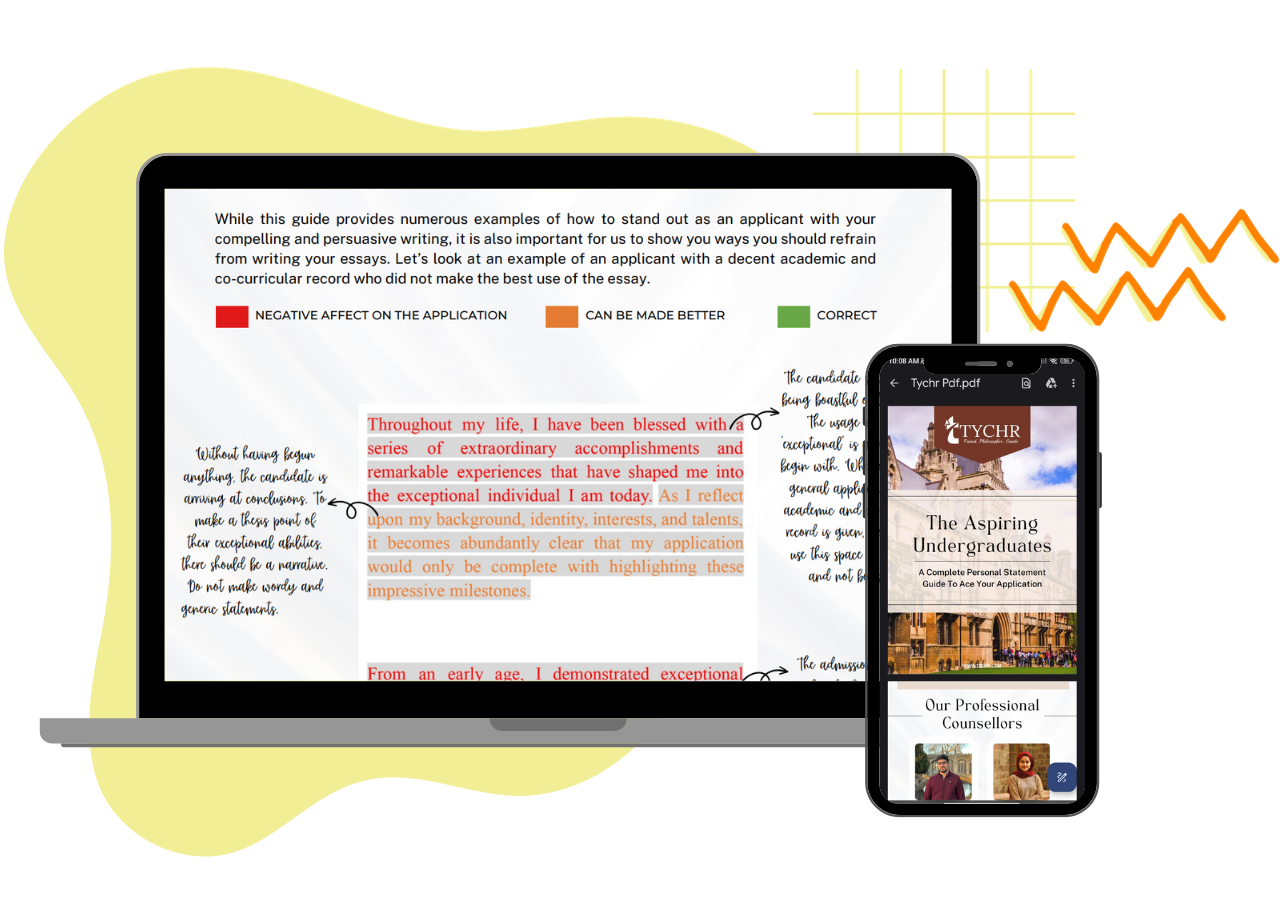
IB Tutoring Recent Blogs
Give our blog a read for anything you need

